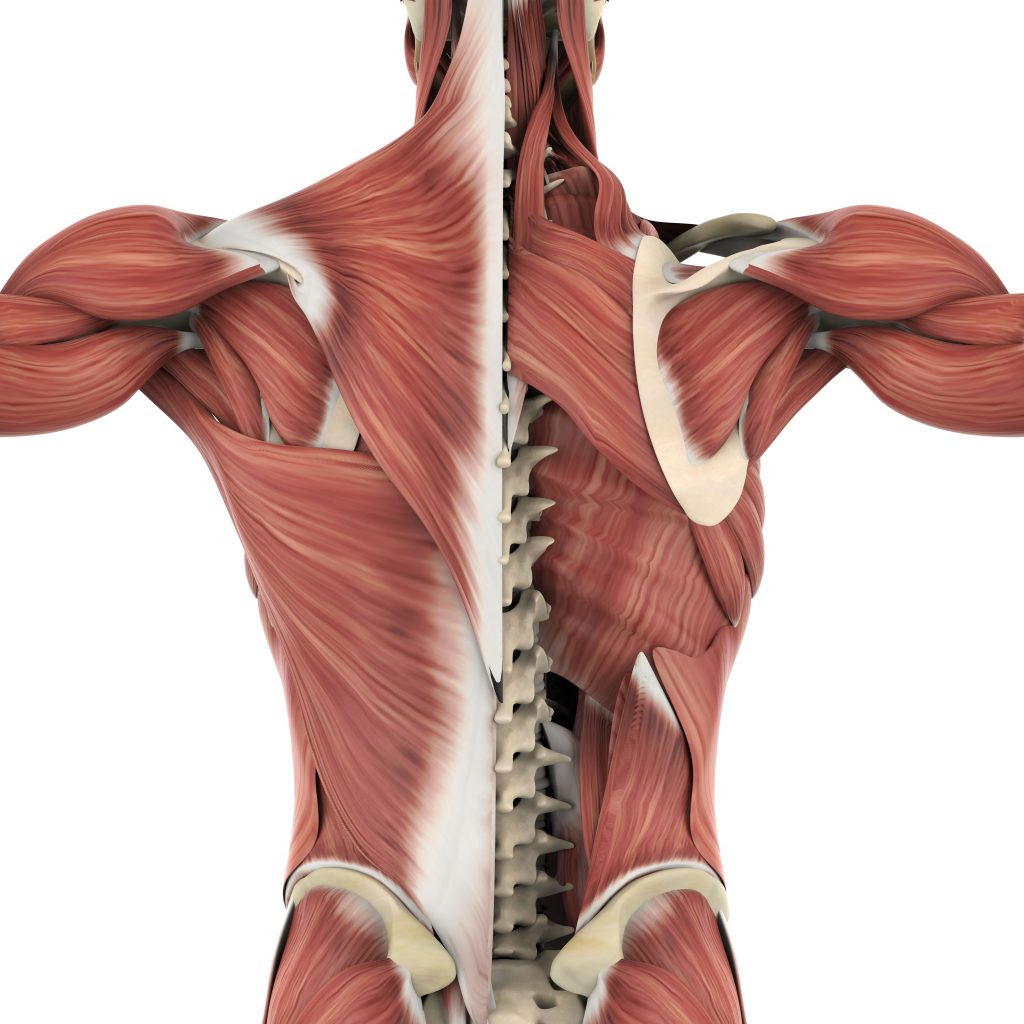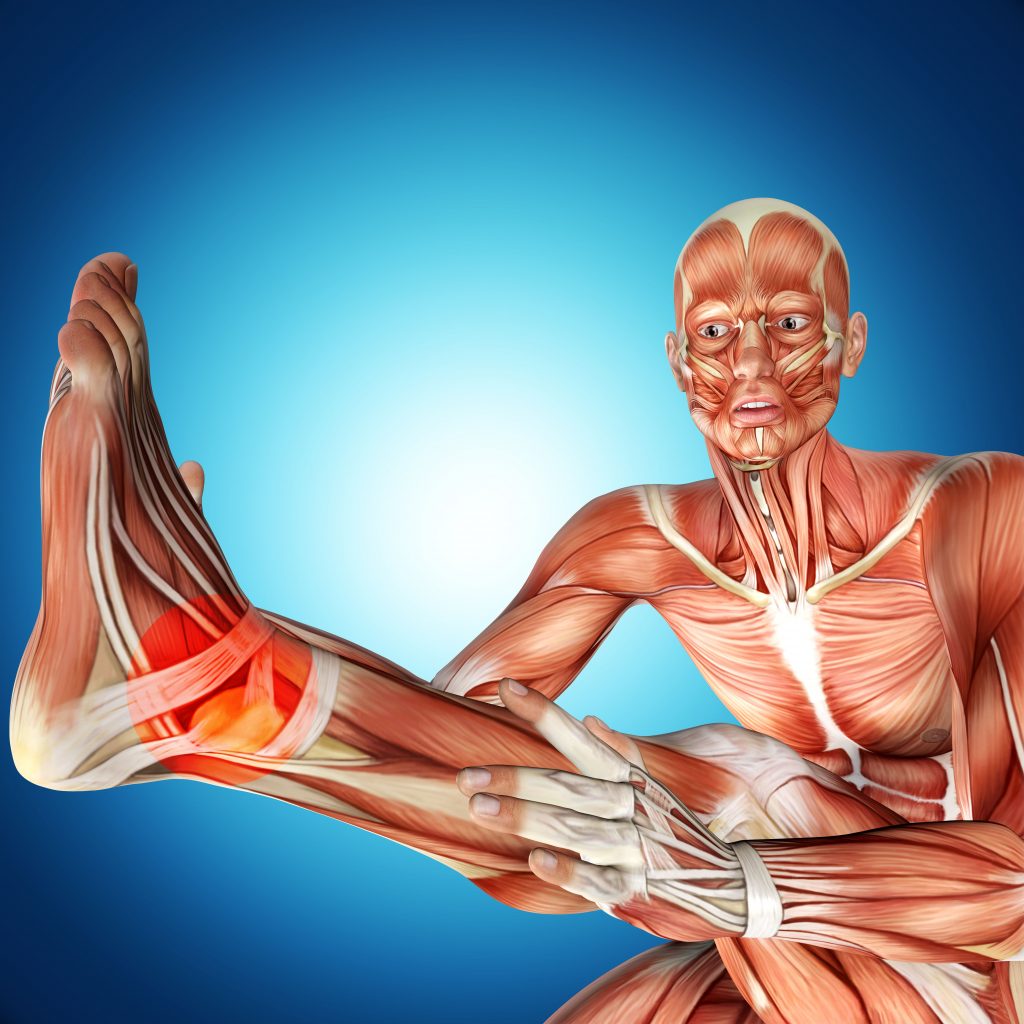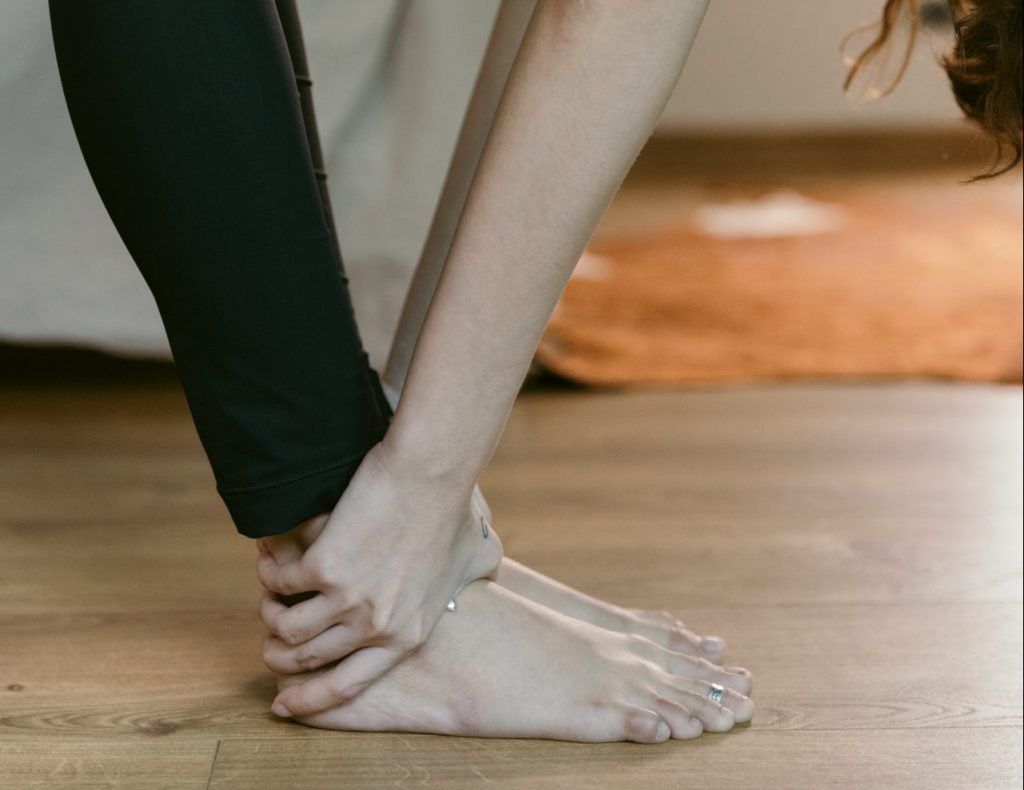What Is The Fascia Kinetic Chain

First, What’s Fascia?
When we think about our health, we typically think about organs, muscle tissue, bones, blood or nerve fibers. We don’t always think about fascia – but it’s vital to our health and comfort, because it holds all those important internal structures in place. It is also what is responsible for the coordinated movement of the human body.
Fascia is thin connective tissue that encases all these essential parts of the body. It’s multi-layered and is present throughout your entire body. It is a 3-dimensional webbing with stronger and thicker portions that form ‘lines’ in the body.
The four main layers of fascia are, superficial, deep, visceral and parietal. Each layer is responsible for different parts and contains nerve endings that can be as sensitive as your skin.
Because fascia is connected throughout the body and can be highly sensitive, what affects fascia in one part of your body, can lead to pain or issues elsewhere.
The interconnectedness of your fascia is referred to as the Fascia Kinetic Chain.

How Does The Fascia Kinetic Chain Work?
Because your fascia are connected, things that impact them in one part of the body, will create a chain reaction throughout the rest of the body.
An example of this is often seen with the plantar fascia. If you have plantar fasciitis, and your plantar fascia contracts, this leads to a tightening in the heel cord and results in pain.
This tightened fascia pulls on the other connective tissue in the calf and rest of the leg. This ripple effect can lead to pain and tightness throughout the rest of the body. A case of heel pain from plantar fasciitis might be addressed the most quickly with work on the fascia of the hip. This is due to the strong linear connections of fascia and connective tissue.
Issues within your fascia kinetic chain can affect your general mobility and create more severe issues over time.

Testing Your Fascia Kinetic Chain
To feel your fascia kinetic chain in action, try touching your toes. You may have a hard time doing this and most likely, you’ll feel a tight pull in your hamstrings.
Now, take a tennis ball or something similar, and roll it along the bottom of your foot, at your plantar fascia. This is stretching and massaging the fascia, which commonly contracts during periods of rest or overuse.
Once you’ve done this with both feet, try touching your toes again. If you can reach even a little bit further, that means you helped stretch your fascia kinetic chain. This also shows that engaging with one part of your body can affect you in other places, whether positively or negatively.
At Warner Orthopedics and Wellness, Dr. Warner assesses the whole body as part of your personalized treatment plan. Schedule an appointment today to go over your specific needs and treatment options!





